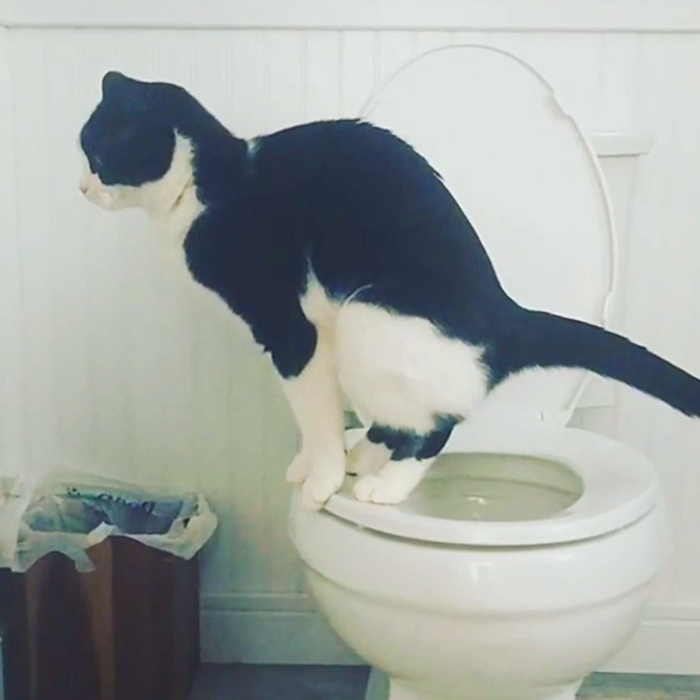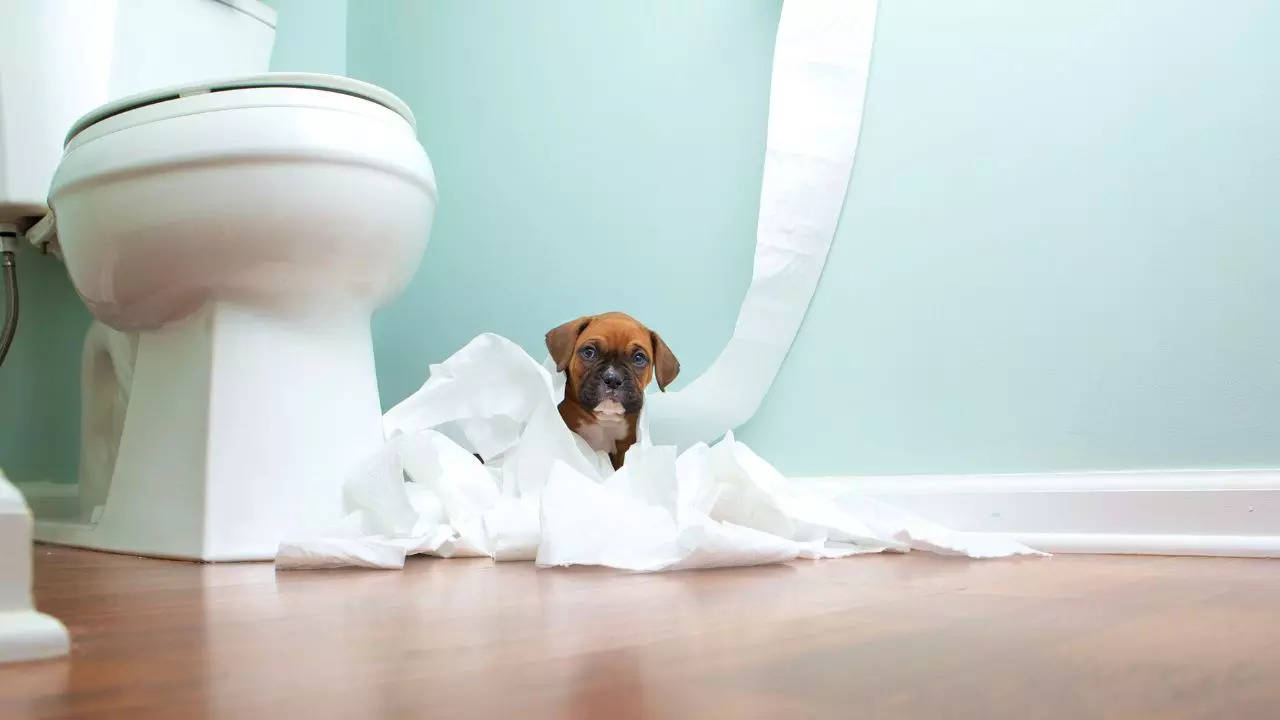Why You Ought to Avoid Flushing Animal Waste Down the Toilet
Why You Ought to Avoid Flushing Animal Waste Down the Toilet
Blog Article
Just how do you feel in relation to Why you should never flush dog poop down the toilet?

When it comes to disposing of waste, particularly animal waste, many individuals frequently turn to the hassle-free alternative of flushing it down the commode. However, this apparently simple service can have major effects for the setting and public health. In this short article, we'll explore why flushing animal waste down the commode is a poor idea and supply alternative techniques for appropriate disposal.
Introduction
Appropriate waste disposal is crucial for keeping ecological sustainability and public health. While it might appear harmless to purge animal waste down the commode, it can bring about various issues, both for the environment and human well-being.
Risks of flushing pet waste
Ecological effect
Purging pet waste introduces dangerous microorganisms and virus right into rivers, which can adversely impact aquatic ecosystems. These microorganisms can contaminate water sources and injury marine life, interrupting delicate ecosystems.
Public health concerns
Animal waste consists of damaging germs such as E. coli and Salmonella, which can posture serious health dangers to humans. Flushing animal waste down the commode can contaminate water products, leading to the spread of diseases and infections.
Alternatives to flushing
Instead of purging animal waste down the toilet, there are numerous alternate disposal techniques that are more environmentally friendly and hygienic.
Composting
Composting animal waste is an environmentally friendly means to throw away it. By composting, raw material is broken down right into nutrient-rich soil, which can be utilized to fertilize gardens and plants.
Land fill disposal
Throwing away animal waste in a garbage dump is an additional alternative. While not as environmentally friendly as composting, it is a safer alternative to flushing, as it stops the contamination of water sources.
Animal waste disposal systems
There are specific pet garbage disposal systems available that safely and hygienically get rid of animal waste. These systems typically utilize enzymes to break down waste and remove odors.
Actions to proper pet waste disposal
To guarantee correct disposal of pet waste, adhere to these actions:
Scooping and getting waste
Consistently scoop and bag animal waste utilizing biodegradable bags. This stops waste from contaminating the environment.
Using designated waste bins
Dispose of bagged animal waste in assigned waste containers, such as compost containers or land fill website bins. Avoid flushing it down the toilet in any way expenses.
Cleaning can and pet areas frequently
Regularly clean can and animal locations to prevent the accumulation of waste and germs. Usage pet-safe cleansing products to maintain health.
Advantages of correct disposal techniques
Embracing proper disposal approaches for animal waste supplies numerous advantages:
Reduced environmental pollution
Proper disposal approaches minimize the danger of environmental pollution, securing waterways and ecological communities from contamination
Lessened risk of water contamination.
By preventing flushing pet waste down the commode, the risk of water contamination is significantly decreased, securing public health.
Improved sanitation and health
Correct disposal approaches advertise far better hygiene and health, creating a safer atmosphere for both humans and animals.
Conclusion
Finally, purging animal waste down the bathroom is damaging to the atmosphere and public health. By adopting different disposal methods and adhering to correct waste administration practices, we can decrease the unfavorable impact of pet waste and contribute to a cleaner, much healthier world.
What To Do With Dog Poo – The Do's And Don'ts Of Disposing Of Faeces
Dog poo bins
Some councils provide dedicated dog waste bins in popular dog-walking areas that can take dog poo that has been bagged but you can legally dispose of dog waste in any public litter bin, as long as it is securely bagged. This also applies to your wheelie bin at home.
Do not flush
Water companies do not recommend flushing dog faeces down the toilet because certain parasites can survive the water processing treatment and are potentially harmful to humans. You should also never consider flushing dog poo that has been bagged down the toilet as the bags will not break down and instead create severe blockages in the sewage system.
In the woods
The Forestry Commission promotes a ‘stick and flick’ method for dealing with waste in the woods. This means finding a stick and using it to flick any poo from off the path so that it is out of the way of other walkers. You could also bury it as long as it is not in an area where there might be livestock.
Livestock
Parasites found in dog poo can be transmitted to livestock if they inadvertently eat infected faeces that has been left on grazing land. This could result in the death of sheep or abortion in cattle so you should always make sure you pick up your dog’s waste in fields where livestock could be present.

Regularly clean can and animal locations to prevent the accumulation of waste and germs. Usage pet-safe cleansing products to maintain health.
Advantages of correct disposal techniques
Embracing proper disposal approaches for animal waste supplies numerous advantages:
Reduced environmental pollution
Proper disposal approaches minimize the danger of environmental pollution, securing waterways and ecological communities from contamination
Lessened risk of water contamination.
By preventing flushing pet waste down the commode, the risk of water contamination is significantly decreased, securing public health.
Improved sanitation and health
Correct disposal approaches advertise far better hygiene and health, creating a safer atmosphere for both humans and animals.
Conclusion
Finally, purging animal waste down the bathroom is damaging to the atmosphere and public health. By adopting different disposal methods and adhering to correct waste administration practices, we can decrease the unfavorable impact of pet waste and contribute to a cleaner, much healthier world.
What To Do With Dog Poo – The Do's And Don'ts Of Disposing Of Faeces
Dog poo bins
Some councils provide dedicated dog waste bins in popular dog-walking areas that can take dog poo that has been bagged but you can legally dispose of dog waste in any public litter bin, as long as it is securely bagged. This also applies to your wheelie bin at home.
Do not flush
Water companies do not recommend flushing dog faeces down the toilet because certain parasites can survive the water processing treatment and are potentially harmful to humans. You should also never consider flushing dog poo that has been bagged down the toilet as the bags will not break down and instead create severe blockages in the sewage system.
In the woods
The Forestry Commission promotes a ‘stick and flick’ method for dealing with waste in the woods. This means finding a stick and using it to flick any poo from off the path so that it is out of the way of other walkers. You could also bury it as long as it is not in an area where there might be livestock.
Livestock
Parasites found in dog poo can be transmitted to livestock if they inadvertently eat infected faeces that has been left on grazing land. This could result in the death of sheep or abortion in cattle so you should always make sure you pick up your dog’s waste in fields where livestock could be present.

Do you like more info about Can You Flush Dog and Cat Poo Down the Toilet?? Create a remark directly below. We would be delighted to see your opinion about this posting. We are looking forward that you visit us again soon. Enjoyed our article? Please share it. Help someone else find it. I cherish your readership.
Click Here Report this page